Renault Kangoo vs Volvo V60 – Performance, range & efficiency compared
Both models have their strengths – but which one suits you more?
Compare performance, efficiency, price and space directly: Renault Kangoo or Volvo V60?
Costs and Efficiency:
Looking at overall running costs, both models reveal some interesting differences in everyday economy.
Renault Kangoo has a convincingly advantage in terms of price – it starts at 23100 £, while the Volvo V60 costs 41600 £. That’s a price difference of around 18591 £.
Fuel consumption also shows a difference: Volvo V60 manages with 2.40 L and is therefore convincingly more efficient than the Renault Kangoo with 5.20 L. The difference is about 2.80 L per 100 km.
As for range, the Renault Kangoo performs decisively better – achieving up to 285 km, about 193 km more than the Volvo V60.
Engine and Performance:
Under the bonnet, it becomes clear which model is tuned for sportiness and which one takes the lead when you hit the accelerator.
When it comes to engine power, the Volvo V60 has a clearly edge – offering 455 HP compared to 130 HP. That’s roughly 325 HP more horsepower.
In acceleration from 0 to 100 km/h, the Volvo V60 is convincingly quicker – completing the sprint in 4.60 s, while the Renault Kangoo takes 11.60 s. That’s about 7 s faster.
In terms of top speed, the Renault Kangoo performs barely noticeable better – reaching 184 km/h, while the Volvo V60 tops out at 180 km/h. The difference is around 4 km/h.
There’s also a difference in torque: Volvo V60 pulls convincingly stronger with 709 Nm compared to 270 Nm. That’s about 439 Nm difference.
Space and Everyday Use:
Cabin size, boot volume and payload all play a role in everyday practicality. Here, comfort and flexibility make the difference.
Seats: Renault Kangoo offers noticeable more seating capacity – 7 vs 5.
In curb weight, Renault Kangoo is barely noticeable lighter – 1585 kg compared to 1734 kg. The difference is around 149 kg.
In terms of boot space, the Renault Kangoo offers decisively more room – 950 L compared to 519 L. That’s a difference of about 431 L.
In maximum load capacity, the Renault Kangoo performs clearly better – up to 3050 L, which is about 1619 L more than the Volvo V60.
When it comes to payload, Renault Kangoo slightly takes the win – 609 kg compared to 506 kg. That’s a difference of about 103 kg.
Who comes out on top?
Overall, the Volvo V60 shows itself to be outperforms in nearly all aspects and secures the title of DriveDuel Champion.
It convinces with the more balanced overall package and proves to be the more versatile choice for everyday use.
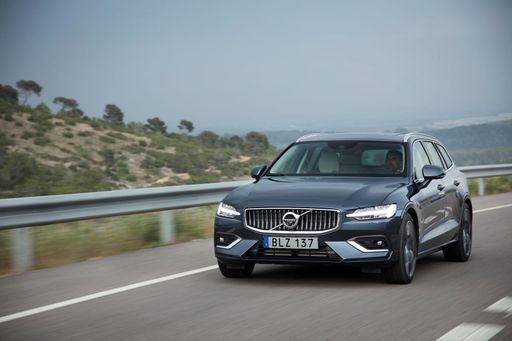
Volvo V60
Renault Kangoo
The Renault Kangoo high-roof van delivers a practical and versatile solution for both family and commercial use, with its spacious interior and adaptable seating arrangements. Its modern design and user-friendly features provide comfort and convenience, making it an appealing option for those needing a reliable workhorse. Additionally, the efficient engine options ensure a balanced approach to performance, keeping running costs manageable for everyday driving.
details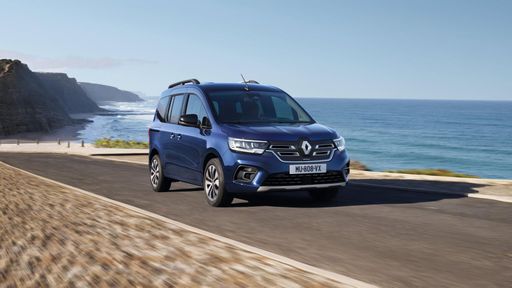 @ Renault
@ Renault
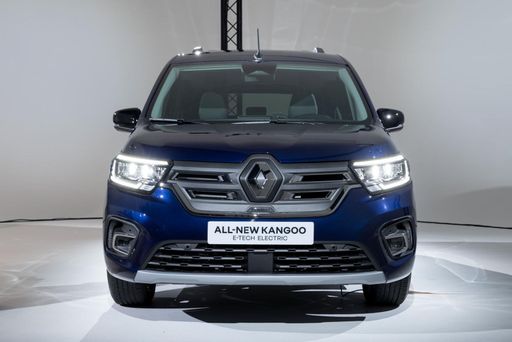 @ Renault
@ Renault
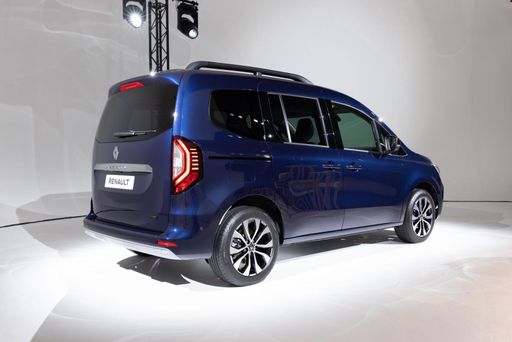 @ Renault
@ Renault
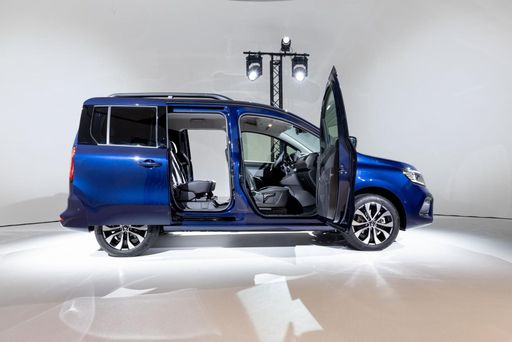 @ Renault
@ Renault
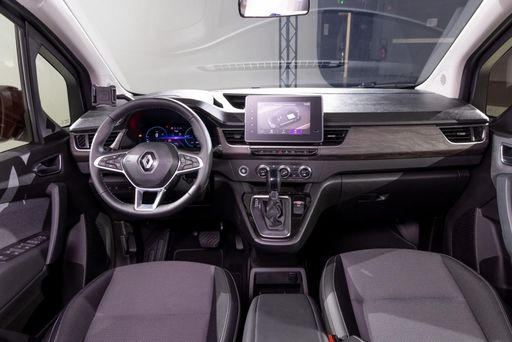 @ Renault
@ Renault
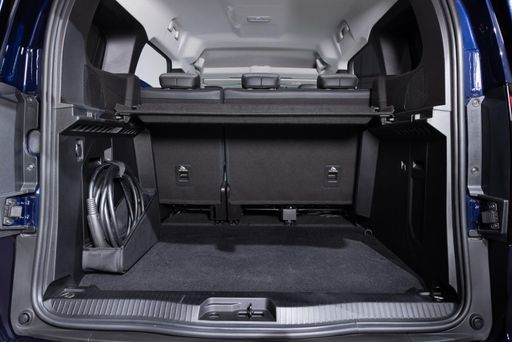 @ Renault
@ Renault
Volvo V60
The Volvo V60 exudes a sense of refined elegance with its sleek design and smooth contours, making it a standout in the estate car category. Inside, it offers a harmonious blend of luxury and functionality with premium materials and state-of-the-art technology, ensuring a comfortable driving experience. Its performance on the road is impressive, combining efficient handling with a powerful yet quiet ride, making it a favourite for those who appreciate both style and substance.
details @ media.volvocars.com
@ media.volvocars.com
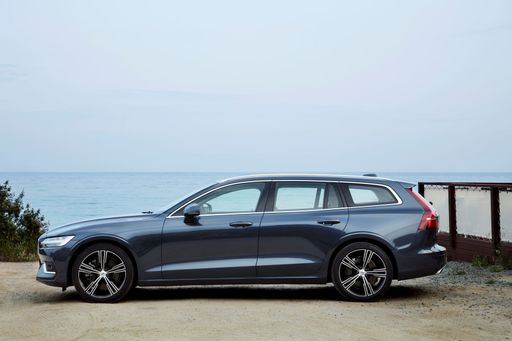 @ media.volvocars.com
@ media.volvocars.com
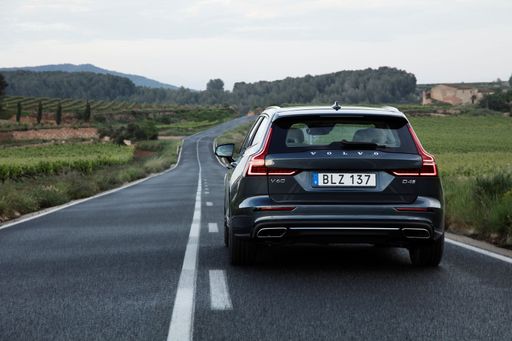 @ media.volvocars.com
@ media.volvocars.com
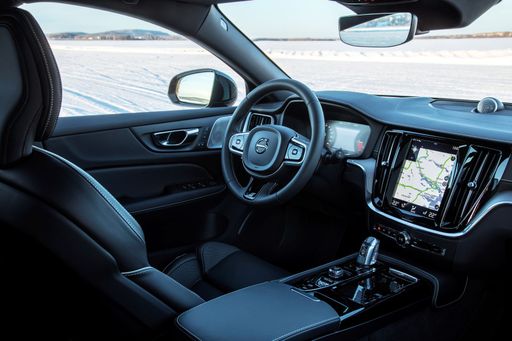 @ media.volvocars.com
@ media.volvocars.com
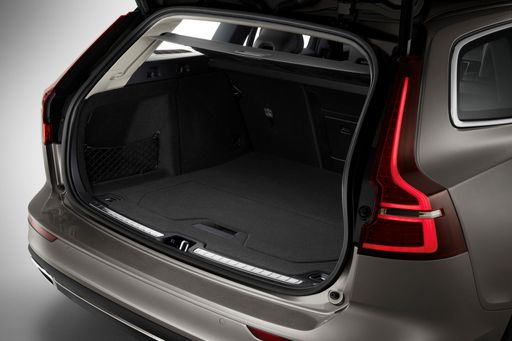 @ media.volvocars.com
@ media.volvocars.com

|

|
|
|
|
Costs and Consumption |
|
|---|---|
|
Price
23100 - 36200 £
|
Price
41600 - 64200 £
|
|
Consumption L/100km
5.2 - 7.1 L
|
Consumption L/100km
2.4 - 6.2 L
|
|
Consumption kWh/100km
20.2 - 21.5 kWh
|
Consumption kWh/100km
-
|
|
Electric Range
278 - 285 km
|
Electric Range
92 km
|
|
Battery Capacity
-
|
Battery Capacity
14.70 kWh
|
|
co2
0 - 161 g/km
|
co2
54 - 140 g/km
|
|
Fuel tank capacity
54 L
|
Fuel tank capacity
60 L
|
Dimensions and Body |
|
|---|---|
|
Body Type
High Roof Estate
|
Body Type
Estate
|
|
Seats
5 - 7
|
Seats
5
|
|
Doors
5
|
Doors
5
|
|
Curb weight
1585 - 2041 kg
|
Curb weight
1734 - 2064 kg
|
|
Trunk capacity
500 - 950 L
|
Trunk capacity
519 L
|
|
Length
4486 - 4911 mm
|
Length
4778 mm
|
|
Width
1860 - 1919 mm
|
Width
1850 mm
|
|
Height
1838 - 1869 mm
|
Height
1432 mm
|
|
Max trunk capacity
1296 - 3050 L
|
Max trunk capacity
1431 L
|
|
Payload
400 - 609 kg
|
Payload
466 - 506 kg
|
Engine and Performance |
|
|---|---|
|
Engine Type
Diesel, Petrol, Electric
|
Engine Type
Petrol MHEV, Plugin Hybrid
|
|
Transmission
Manuel, Automatic
|
Transmission
Automatic
|
|
Transmission Detail
Manual Gearbox, Dual-Clutch Automatic, Reduction Gearbox
|
Transmission Detail
Dual-Clutch Automatic, Automatic Gearbox
|
|
Drive Type
Front-Wheel Drive
|
Drive Type
Front-Wheel Drive, All-Wheel Drive
|
|
Power HP
95 - 130 HP
|
Power HP
197 - 455 HP
|
|
Acceleration 0-100km/h
11.6 - 15.6 s
|
Acceleration 0-100km/h
4.6 - 7.6 s
|
|
Max Speed
130 - 184 km/h
|
Max Speed
180 km/h
|
|
Torque
200 - 270 Nm
|
Torque
300 - 709 Nm
|
|
Number of Cylinders
4
|
Number of Cylinders
4
|
|
Power kW
70 - 96 kW
|
Power kW
145 - 335 kW
|
|
Engine capacity
1332 - 1461 cm3
|
Engine capacity
1969 cm3
|
General |
|
|---|---|
|
Model Year
2022 - 2024
|
Model Year
2024 - 2025
|
|
CO2 Efficiency Class
E, F, D, A
|
CO2 Efficiency Class
E, B
|
|
Brand
Renault
|
Brand
Volvo
|
Is the Renault Kangoo offered with different drivetrains?
Available configurations include Front-Wheel Drive.
The prices and data displayed are estimates based on German list prices and may vary by country. This information is not legally binding.
